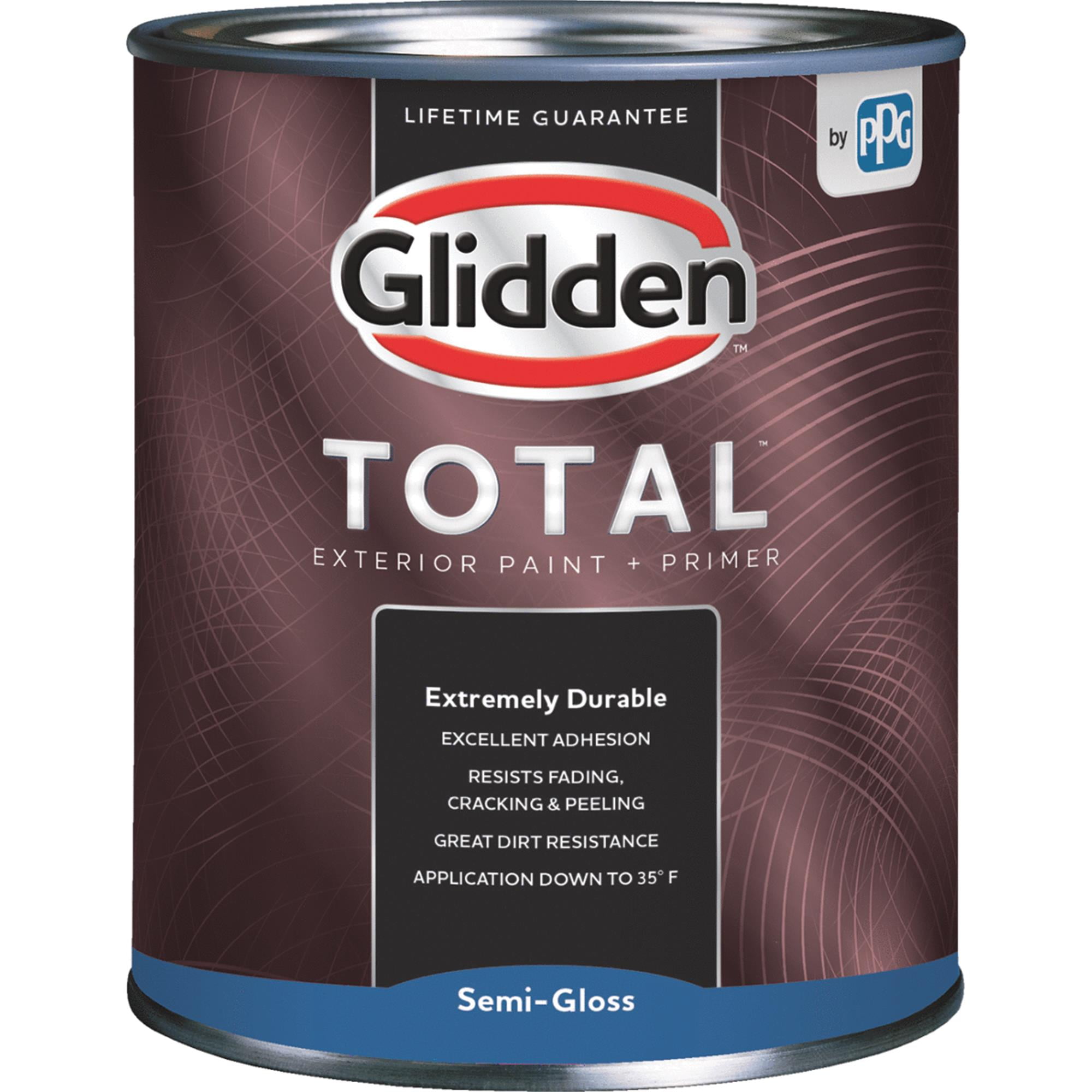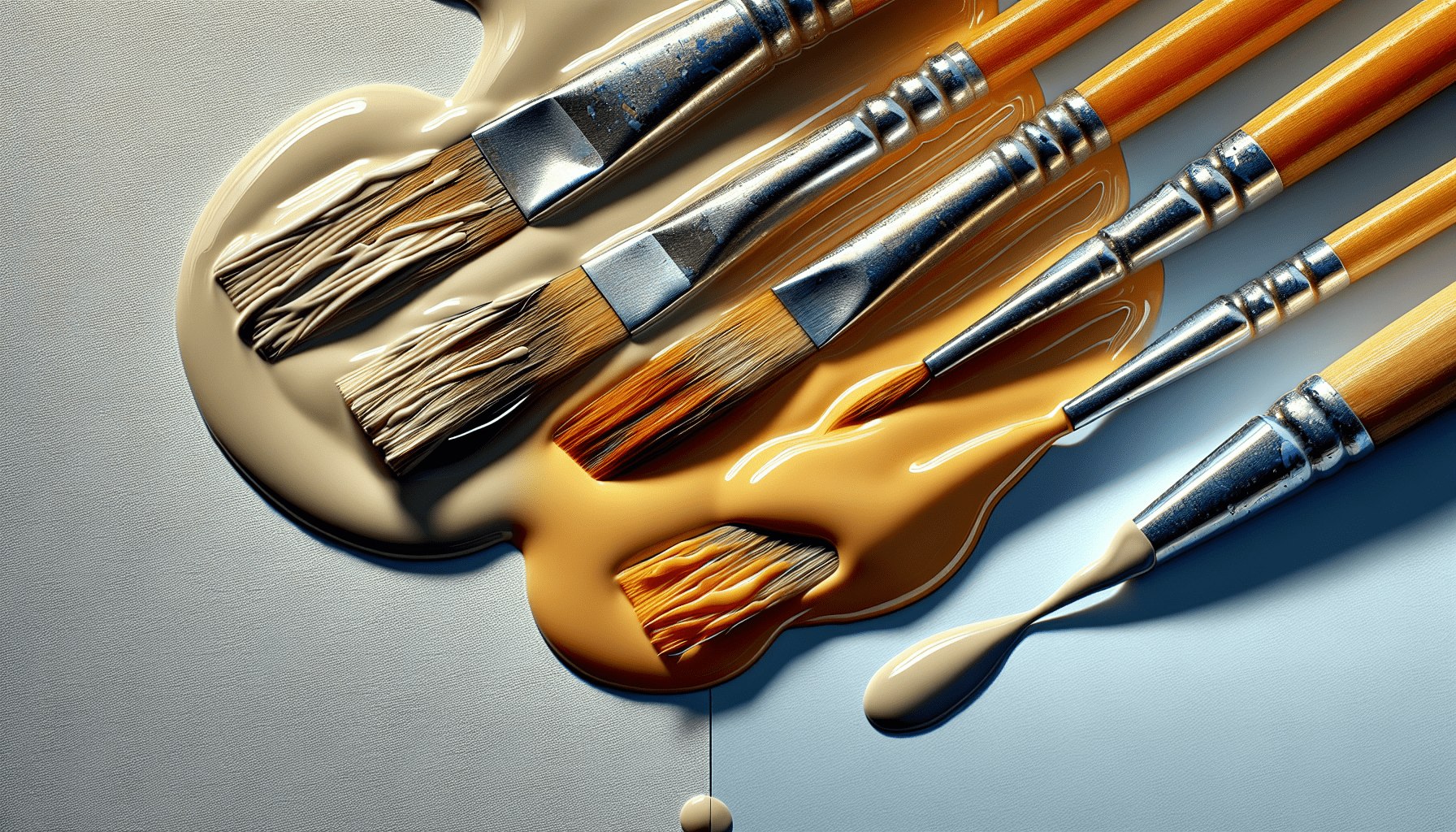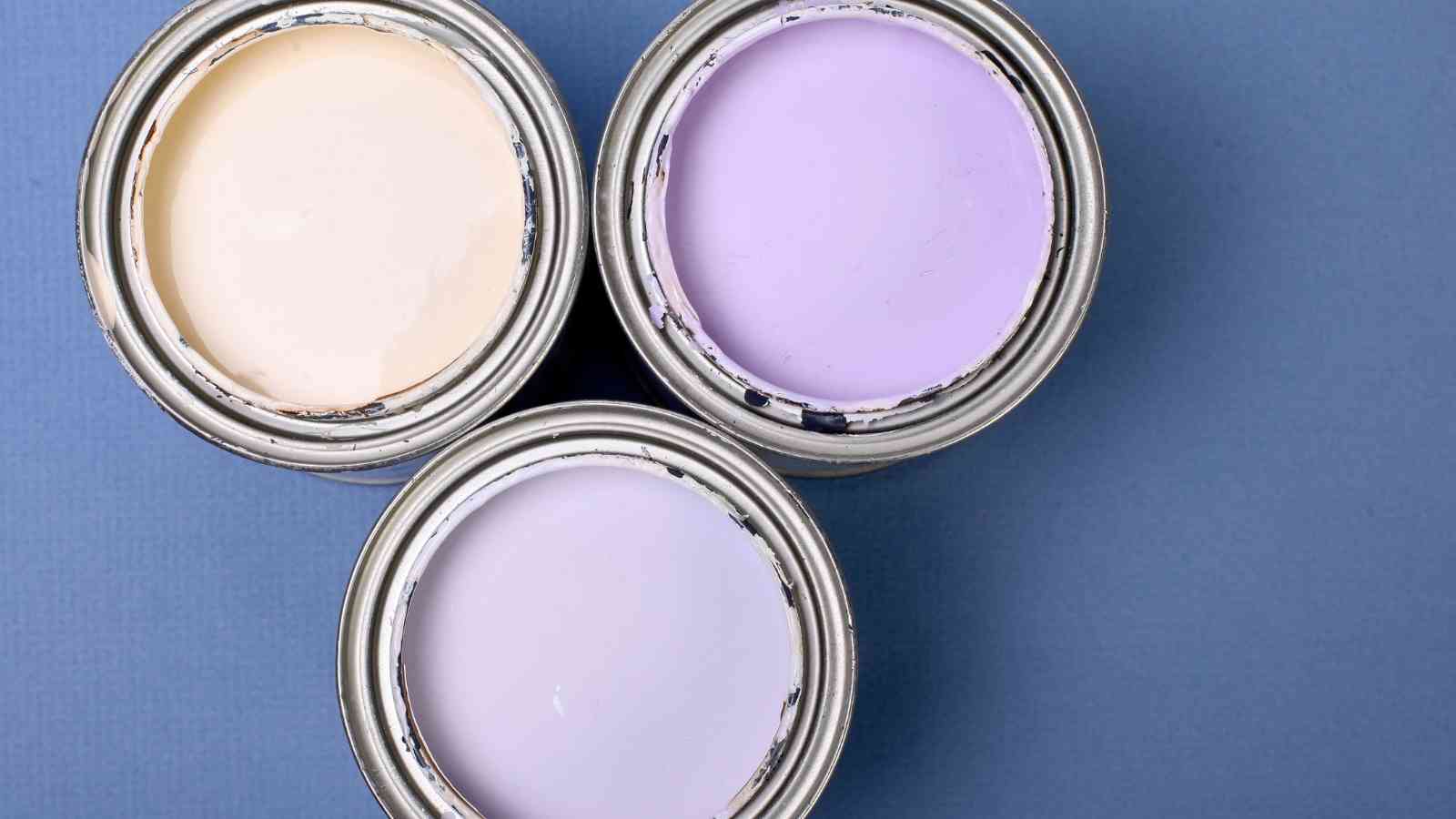Acrylic Latex Paint: A Primer for Bathrooms

Acrylic latex paint is a popular choice for bathroom walls and ceilings due to its unique properties that make it well-suited for the humid and often-wet environment. Its versatility, durability, and ease of cleaning make it a reliable option for homeowners seeking a long-lasting and aesthetically pleasing finish.
Acrylic Latex Paint: Benefits for Bathrooms
Acrylic latex paint offers several advantages that make it a suitable choice for bathroom environments. Its water-based formula allows for easy application and cleanup, while its unique properties enhance its performance in humid conditions.
- Moisture Resistance: Acrylic latex paint forms a durable, moisture-resistant film that prevents water from penetrating the underlying surface. This property is crucial in bathrooms, where condensation and splashes are common.
- Durability: Acrylic latex paint is known for its durability and resistance to abrasion, making it suitable for high-traffic areas like bathrooms. It can withstand frequent cleaning without chipping or peeling.
- Ease of Cleaning: Acrylic latex paint is easy to clean, allowing for quick removal of stains and dirt. This feature is particularly important in bathrooms, where spills and splashes are inevitable.
- Low VOC Content: Acrylic latex paints typically have low volatile organic compound (VOC) content, making them a healthier choice for indoor environments. Low VOC paints emit fewer harmful chemicals, contributing to better indoor air quality.
Comparison with Other Paint Types
Acrylic latex paint stands out compared to other paint types commonly used in bathrooms. Its versatility and performance surpass those of oil-based paints and even some newer paint types like epoxy paints.
- Oil-Based Paint: While oil-based paints offer excellent durability, they have drawbacks for bathrooms. They are slow to dry, emit strong odors, and require mineral spirits for cleanup, making them less convenient.
- Epoxy Paint: Epoxy paints are highly durable and resistant to moisture. However, they are difficult to apply, requiring specialized techniques and equipment. They are also more expensive than acrylic latex paint.
Acrylic Latex Paint: A Wise Choice
Acrylic latex paint offers a compelling combination of durability, moisture resistance, and ease of cleaning, making it a wise choice for bathrooms. Its versatility and low VOC content further enhance its appeal, making it a reliable and healthy option for homeowners seeking a long-lasting and aesthetically pleasing finish.
Exploring the Benefits of Acrylic Latex Paint in Bathrooms: Is Acrylic Latex Paint Good For Bathrooms

Acrylic latex paint has become the go-to choice for bathroom walls and ceilings due to its exceptional performance in high-moisture environments. Its durability, moisture resistance, and aesthetic versatility make it a reliable and attractive option for homeowners and professionals alike.
Real-World Examples of Acrylic Latex Paint Success in Bathrooms
Acrylic latex paint has proven its worth in countless bathroom spaces, showcasing its resilience against moisture and its ability to maintain its integrity over time. For instance, in a study conducted by the National Association of Home Builders, acrylic latex paint demonstrated superior performance in bathrooms compared to other paint types. It showed minimal cracking, peeling, or discoloration even after years of exposure to steam, humidity, and frequent cleaning.
Features Contributing to Acrylic Latex Paint’s Longevity and Mold Resistance in Bathrooms, Is acrylic latex paint good for bathrooms
Acrylic latex paint possesses several key features that contribute to its exceptional performance in bathrooms. These include:
- Moisture Resistance: Acrylic latex paint forms a breathable film that allows moisture to escape, preventing the build-up of condensation and minimizing the risk of mold and mildew growth.
- Durability: Its strong adhesion and flexibility allow it to withstand the constant fluctuations in temperature and humidity common in bathrooms, preventing cracking, peeling, and other forms of damage.
- Mold and Mildew Resistance: Many acrylic latex paints contain mildewcide additives that inhibit the growth of mold and mildew, promoting a healthy and hygienic bathroom environment.
Acrylic Latex Paint’s Role in Enhancing Bathroom Aesthetics
Beyond its functional benefits, acrylic latex paint offers a wide range of colors and finishes that can enhance the aesthetic appeal of bathrooms.
- Versatility: From classic white to bold and vibrant hues, acrylic latex paint provides a diverse palette to match any bathroom design style, whether it’s a modern, minimalist look or a traditional, elegant ambiance.
- Finishes: Acrylic latex paint comes in various finishes, including matte, satin, eggshell, and semi-gloss, allowing homeowners to create different textures and visual effects that complement their bathroom décor.
Practical Considerations for Using Acrylic Latex Paint in Bathrooms

Applying acrylic latex paint in a bathroom requires careful preparation and execution to ensure a durable and long-lasting finish. This section will delve into practical considerations for using acrylic latex paint in bathrooms, including surface preparation, essential tools, and common mistakes to avoid.
Preparing Bathroom Surfaces for Painting
Proper surface preparation is crucial for a successful paint job. A well-prepared surface allows the paint to adhere properly, preventing peeling, cracking, and other issues. The following steps Artikel a comprehensive guide for preparing a bathroom surface for painting with acrylic latex paint:
- Remove Existing Paint or Wallpaper: If the bathroom walls or ceiling have existing paint or wallpaper, it’s essential to remove them completely. This can be done using a paint scraper, wallpaper stripper, or a combination of both. Ensure the surface is clean and free of any residue.
- Clean the Surface: Once the existing finish is removed, thoroughly clean the surface with a mild detergent and water. This removes dirt, grime, mildew, and other contaminants that could interfere with paint adhesion. Rinse the surface well and allow it to dry completely before proceeding.
- Patch and Repair: Inspect the surface for any cracks, holes, or imperfections. Use a patching compound or spackling paste to fill these areas. Allow the patching compound to dry completely before sanding.
- Sand the Surface: Sand the patched areas and the entire surface with fine-grit sandpaper. This creates a smooth and even surface for the paint to adhere to. Remove any dust or debris before proceeding to the next step.
- Prime the Surface: Priming the surface is essential for ensuring proper paint adhesion, especially on previously painted surfaces or surfaces prone to moisture. Use a primer specifically designed for bathrooms to prevent mildew growth. Allow the primer to dry completely before applying the paint.
Essential Tools and Materials
Having the right tools and materials is essential for a successful paint job. The following checklist provides a comprehensive list of essential items:
- Paint Brushes: Use a high-quality paintbrush designed for latex paint. Choose a brush with a size appropriate for the area you are painting.
- Paint Roller: A paint roller is essential for covering large areas quickly and efficiently. Select a roller with a nap length suitable for the surface texture.
- Paint Tray and Liner: A paint tray with a liner is essential for holding and dispensing the paint.
- Paint Stir Stick: Use a paint stir stick to thoroughly mix the paint before and during application.
- Painter’s Tape: Painter’s tape is essential for protecting areas that you don’t want to paint.
- Drop Cloth: Protect the floor and surrounding areas from paint spills and splatters.
- Safety Glasses: Protect your eyes from paint splatters.
- Gloves: Protect your hands from paint.
- Respirator: Protect your lungs from paint fumes.
- Ladder: If you are painting high areas, a ladder is essential for reaching the ceiling.
Common Mistakes to Avoid
While acrylic latex paint is a versatile and durable option for bathrooms, certain mistakes can lead to problems. The following list Artikels common mistakes to avoid:
- Skipping Surface Preparation: Failing to properly prepare the surface can result in poor paint adhesion, peeling, and cracking.
- Using the Wrong Primer: Using a primer not specifically designed for bathrooms can lead to mildew growth and other problems.
- Applying Too Many Coats: Applying too many coats of paint can create a thick and uneven finish.
- Not Allowing Enough Drying Time: Not allowing sufficient drying time between coats can lead to a sticky and uneven finish.
- Painting in Extreme Temperatures: Painting in extreme temperatures can affect paint adhesion and drying time.
